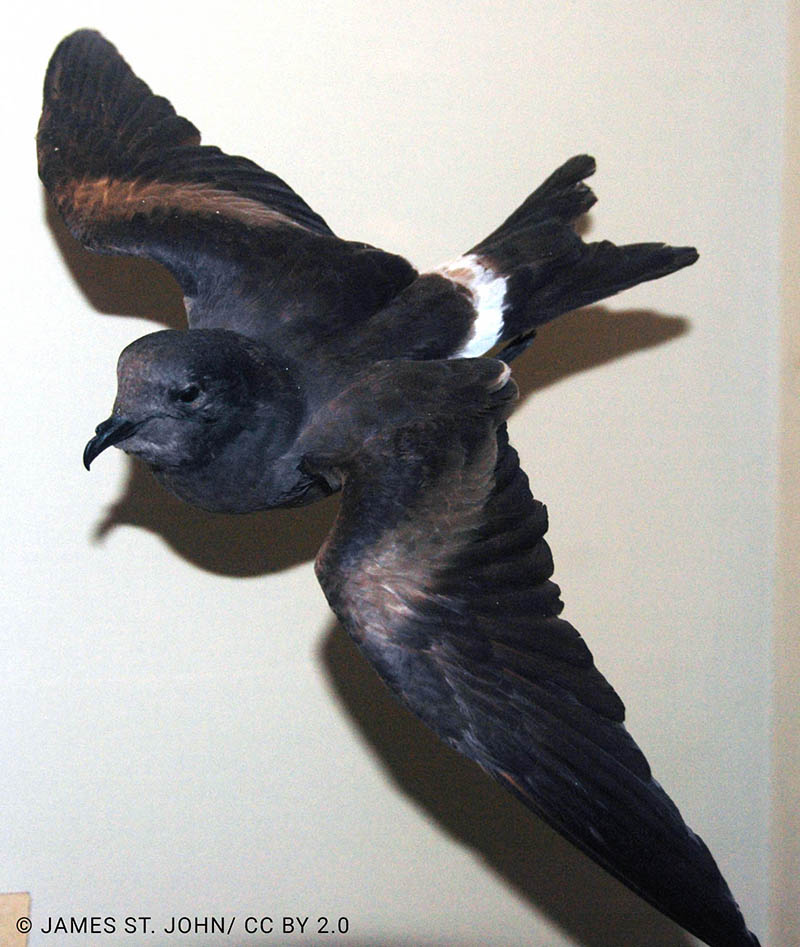About
The Guadalupe Storm-petrel was once abundant on Guadalupe, Mexico in 1906, but the last record of a breeding bird was in 1912.
Searches in 1922, 1925 and the early 1970’s have all failed to locate the species. There have been some reports that the storm-petrels can be heard calling at night, but this is unlikely unless it is able to nest in rock crevices that are inaccessible to cats. Any remaining population is assumed to be fewer than 50 mature individuals, but it is feared this species is extinct. The main cause of its demise is thought be by heavy predation by feral cats, compounded by goats destroying and degrading nesting habitat. Guadalupe is now a designated Biosphere Reserve, but until recently there was very little active management. There has been a complete eradication of goats from the island and there is a programme to remove cats from the island also. Appropriate surveys during the correct season are required to see if there are any remaining adults left on Guadalupe.
- Order: Procellariiformes
- Family: Hydrobatidae
- Population: Possibly extinct
- Trend: unknown
- Size: 23cm
EDGE Score
Distribution
This species is found on Guadalupe, Mexico.
Habitat and Ecology
This species nests in burrows at high elevations in soft soil under pines and cyprus tree groves. Eggs are known to be laid between early March and late June.
